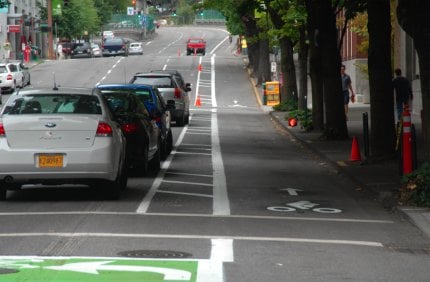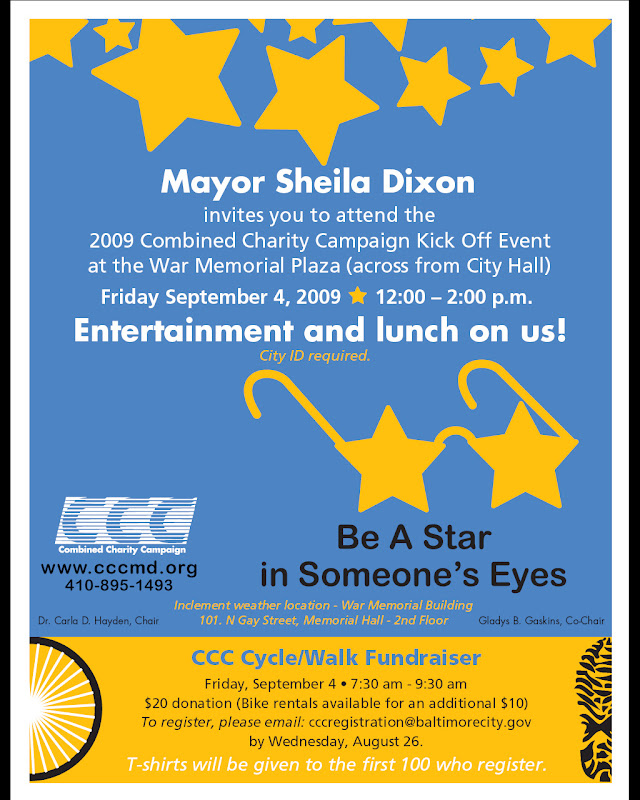
I strongly urge transportation planners and engineers in our region, especially Balt City and County, to take a look at this innovative new set of tools and consider local implementation. Conventional painted bike lanes and other "weak" measures including sharrows and off-road bike paths, that do little to create complete streets, IMO, are all inadequate tools for enabling a fundamental shift towards widespread "transportational" bicycle use in the region. The dense, interconnected grid of streets in Baltimore could easily accommodate a network of bike boulevards.
- SS on EnvisionBaltimore.

What are Bicycle Boulevards?
Bicycle boulevards take the shared roadway bike facility to a new level, creating an attractive, convenient, and comfortable cycling environment that is welcoming to cyclists of all ages and skill levels.
In essence, bicycle boulevards are low-volume and low-speed streets that have been optimized for bicycle travel through treatments such as traffic calming and traffic reduction, signage and pavement markings, and intersection crossing treatments. These treatments allow through movements for cyclists while discouraging similar through trips by nonlocal motorized traffic. Motor vehicle access to properties along the route is maintained.
Continue Reading
Rating: 0.00/5 (0 votes cast)



